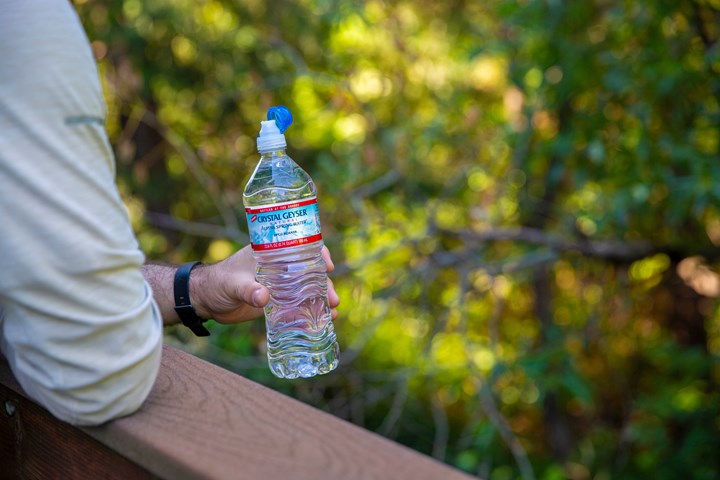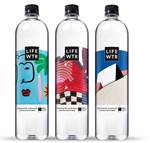U.S. PET Bottle Recycling Rate Declines in 2019
The NAPCOR 2019 Recycling Report also reports a 7% increase in the amount of recycled PET (rPET) going back into food and non-food bottles.

The new report reveals a 35% PET recovery rate for the U.S., Mexico and Canada combined.
In 2019, the U.S. recycling rate of polyethylene terephthalate (PET) plastic bottles was 27.9%, a slight decrease from the 2018 rate of 28.9%. The National Association for PET Container Resources (NAPCOR) recently released its 2019 PET Recycling Report, which takes a look at the PET recovery rate.
For the first time, the 2019 report also includes a North American PET recycling rate, incorporating recycling statistics from Mexico and Canada in addition to the U.S. Higher recycling rates in Mexico and Canada push the North American regional PET recovery total above that of the U.S. alone, to 35%.
“The inclusion of a North American rate is appropriate and encouraging in light of a suggested test and recycling rate threshold published by the Ellen MacArthur Foundation’s New Plastics Economy,” said Darrel Collier, NAPCOR Executive Director.
According to the group’s Global Commitment Progress Report 2020, “the suggested thresholds to prove recycling or composting works ‘in practice and at scale’ are: a 30% recycling/composting rate achieved across multiple regions, collectively representing at least 400 million inhabitants.”
Collier continues, “PET is the one plastic that continues to demonstrate the ability to be recycled over and over. The PET reclamation industry is primed to receive more bottles to meet the demands of the circular economy, but we still have work to do on the collection side.”
NAPCOR’s report examines the use of rPET in end markets. In recent years significant growth has been demonstrated in both food/beverage and non-food/beverage bottle categories, with total bottle end markets up by 41% between 2017 and 2019. That growth was offset by a decline in the PET thermoform and sheet market, which saw a 16% percent drop within that timeframe. While fiber remains the dominant end market category as a fraction of the total, it grew by less than one percent since 2018; rPET use in strapping markets was down by approximately the same percentage.
“The increase of postconsumer rPET usage in food/beverage and non-food/beverage bottles points to a continued commitment toward a circular economy by brand owners,” states Tom Busard, NAPCOR chairman, chief procurement officer for Plastipak Packaging, Inc., and president of Clean Tech, Plastipak’s recycling affiliate. “We are encouraged and supportive of this objective.”
PET thermoforms collected for recycling surpassed the 2018 number, resulting in its highest level with 144 million lb collected. In 2019, end market segments within some key thermoform markets announced content commitments for postconsumer recycled PET thermoforms.
Related Content
-
Breaking News From NPE2024
Here is a firsthand report of news in injection molding, extrusion, blow molding and recycling not previously covered.
-
Optical Sorting for Color Flexibility in Recycled Plastics
Aaron Industries added optical sorting to its operation, expanding capabilities to meet the color needs of customers.
-
Foam-Core Multilayer Blow Molding: How It’s Done
Learn here how to take advantage of new lightweighting and recycle utilization opportunities in consumer packaging, thanks to a collaboration of leaders in microcellular foaming and multilayer head design.
















